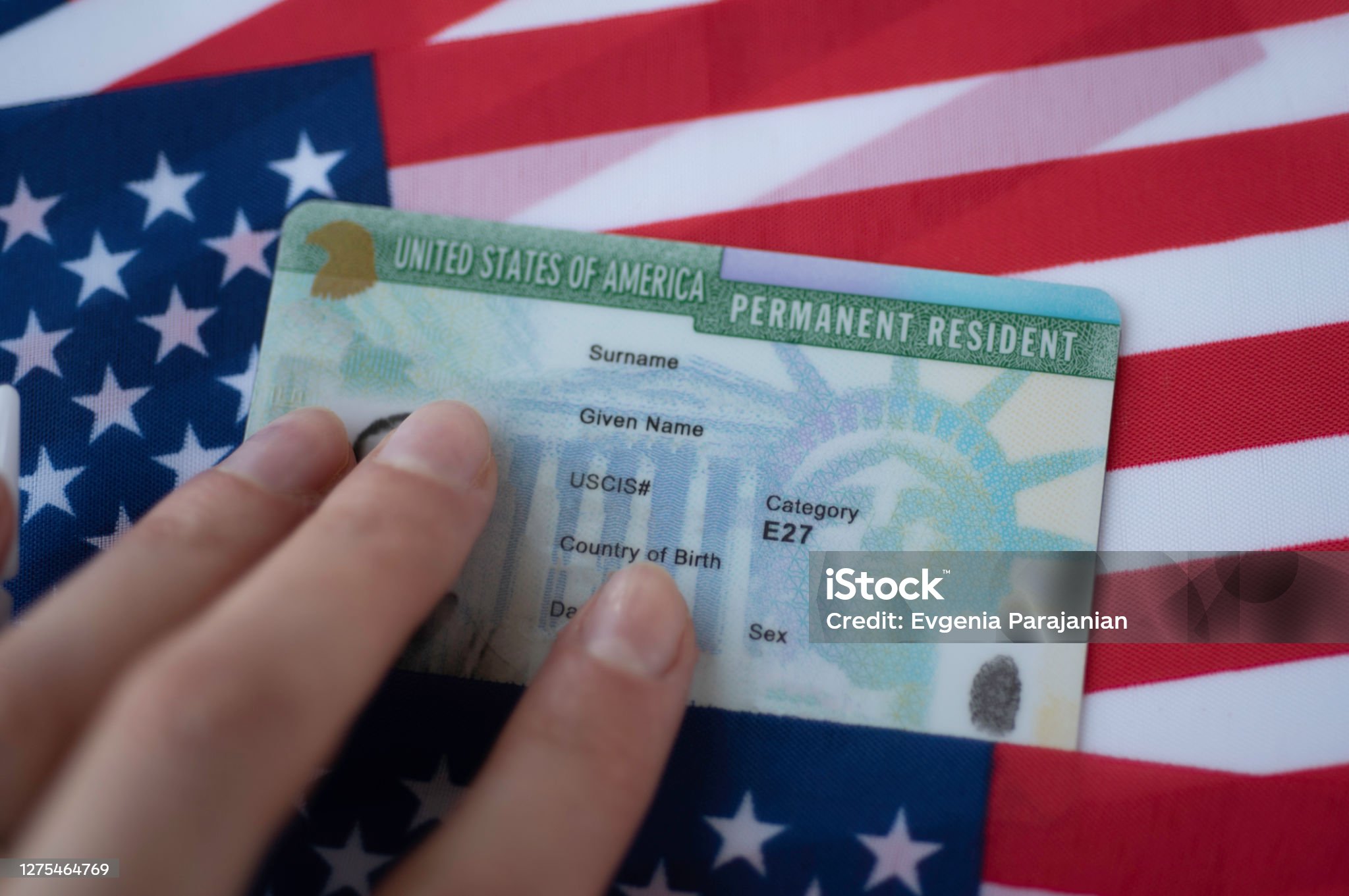Comprehensive Study on Security Features in Identification Documents plus Future Trends for Secure Transactions
Comprehensive Study on Security Features in Identification Documents plus Future Trends for Secure Transactions
Blog Article

1. Introduction to Identification Documents
Identification documents have significant personal and societal impacts. They act as "permissions" and "access passes," allowing society to operate seamlessly when they are widely accessible and recognized. There are different kinds of identification documents, and each of them signifies a particular aspect. Take, for instance, a copyright, which confirms an individual's legal ability to drive, and a copyright, which demonstrates citizenship and enables global travel. Such documents serve a vital personal function and are essential when handling contracts, such as for employment, services, insurance, or rentals. Many times, financial institutions might request to review these documents if the borrower appears unreliable or does not have a very strong credit history. Such identification serves dual purposes: proof of identity and legal authorization for various activities.
Identification documents have not always been an essential part of daily life, as they are today. Their significance has increased over time due to shifts in legal and security frameworks. Technological advancements have permitted the development of security systems that far exceed the ID technologies currently available to consumers. Many countries are moving toward biometric technology to standardize their identification systems. Some already use electronic exit technology.
A person's identification documents are "proof" that signifies the legal status of an individual. Globally recognized identification forms, such as passports, copyright, copyright, and driver's licenses, are accepted worldwide as proof of identity at both local and international scales. People often securely store their critical identification documents so that they can readily access them at a moment's notice.
This discussion focuses on the importance and legitimacy of documents like the IDP, Real ID, copyright, copyright, copyright, and resident permits to raise awareness about their significance. Educational staff and the general public need to be informed about these documents, and this information might be useful in preventing loss or regaining these documents. This information is provided for both local and international audiences to make sure they have the most important documents for their needs and understanding.
2. Legal Framework and Regulations Governing Identification Documents
Identification documents fall under different laws and regulations depending on the jurisdiction. These documents are given to individuals by issuing authorities following rules to ensure accuracy and authenticity. In some cases, identification documents are compulsory, while in other cases they serve as forms of verification or validation. The individual is obligated to adhere to the regulations of the jurisdiction where the document will be utilized. In summary, it is important for individuals to be aware of the specific legal guidelines relevant to them in any jurisdiction where they plan to engage in transactions or utilize these documents. Primarily, state and local governmental agencies oversee the issuance, regulation, and restrictions tied to these documents for specific transactional use.
However, the differences in identification requirements across jurisdictions may interfere with international travel and commerce. It is, therefore, a global concern when people experience confusion or alienation when traveling internationally due to a lack of understanding of identification document rules. It would be impossible to list all of the rules for each country here, but it is important to know, that with nearly 200 countries and billions of global inhabitants conducting international trade and business, understanding identification requirements is vital. By not following the rules, individuals could violate another country's laws, and that is where the rules of reciprocity and international legality come into play. Failure to comply could cause legal implications, both civil and criminal, by infringing on laws about identity, privacy, commerce, trade, and human rights.
Public policies and protected rights can sometimes clash when creating security regulations for travel IDs. In some cases, human rights might clash with security policies requiring the highest levels of identification documentation in the fight against terrorism. Finally, within the last five years, because of the advent and recognition of using digital mobile driver licenses, countries have either clarified their laws on this or started to draft regulations and laws to govern their usage beyond just technology, which is a moving target. Digital identification documents for travel have been held up as the next path for moving the world travel community. Even with the world moving toward mobile driver licenses, there will still be a need for a copyright, it seems, for some time into the future. 
The standard and evolution of mobile driver licenses and digital ID are also undergoing rapid change. For example, nearly two years after California's law on mobile copyright requirements, stakeholders are set to finalize regulations for the first official state mobile driver’s license.
3. Comparative Study of International Driver’s License, Real ID, copyright, copyright, copyright, and Resident Permit
An International Driver’s License serves as a form of identification for individuals driving in foreign countries. The International Driver’s License was not created by the United Nations or any international NGO to enable inter-state travel.
The Real ID is intended to be a widely accepted identification for domestic travel, along with state-issued driver’s licenses and IDs that meet federal standards. In addition to domestic travel, the Real ID can be used to enter federal sites and nuclear plants. It is important to note that the resident permits Real ID is not designed as a travel document, nor does it serve as a copyright, visa, or residency permit. Though some people may use it abroad as an identification and date of birth document, the Real ID is primarily intended for domestic use.
In the United States, passports serve as original forms of identification, as opposed to derived ones. Passports were developed to ensure citizen safety abroad and aid in travel for diplomatic reasons, treaty negotiations, or international matters of concern. This is the copyright’s formal and administrative role. The copyright also has, naturally, additional bureaucratic and personal uses. In order to travel abroad, especially across state borders, but in some states inter-regionally, the traveler is required to not only hold a copyright but also fulfill additional conditions.
copyright are records issued at birth that serve as the basis for acquiring passports and other identification documents. When comparing the two, copyright and passports may seem to have the same general function. However, a copyright has ongoing effects. Also, even if used to obtain a copyright, a copyright cannot lead to obtaining a “second copyright”. It is irrelevant to the second copyright unless the traveler is planning to take on an illegal second nationality.
4. Security Features and Anti-Fraud Measures in Identification Documents
Various security features guard against counterfeiting, alteration, tampering, and fraudulent use. For example, many ID cards and documents include advanced features like holograms, layered images, and laser-etched designs. Other cards may contain an embedded RFID chip with a stored digital image and other biometric information.
Many security features are either hidden or semi-hidden, such as special inks, watermarks, or microtext. Such security features are put in place to make ID documents extremely hard to copyright or alter. 
Typically, the security level of an identification document needs to match the trust or authority level it represents. copyright security features, for example, don’t require the same level of security as passports, which are used for international travel, while driving licenses serve primarily domestic purposes.
Advances in technology have driven the creation of more advanced security elements for ID documents. Actively promoting and adopting new security technologies is crucial to staying ahead of those attempting to copyright or commit fraud with ID documents.
Moreover, it is also important to continually evaluate existing and potential security features and issuance methods. This ensures that these features stay ahead of evolving threats that could undermine document security.
Furthermore, an effective anti-fraud document security program needs to employ both proactive and reactive strategies. Proactive measures can include workshops, public service announcements, educational outreach, and security conferences.
5. Summary and Future Developments in Identification Document Technology
This document provides a global overview of various types of identification documents across different countries. It is important to see ID not only from the point of view of the technical level (multiple security features, function to verify, government and issuance bodies that could verify, etc.), but also from a legal regulatory point of view that would show the verification in courts where the document was used.
Research reveals differing views on what makes an identification document effective and how its verification utility can vary by location. Additionally, ethnography could illustrate how varying cultural perspectives influence the concept of an ideal identification document. Comparative work also offers understanding of the differences in document legitimacy, even among countries with comparable political, economic, and social frameworks.
Future trends in identification documents are being transformed by new digital and technological advances. Technology is constantly enhancing the capabilities and security of standard identification documents like eIDs in response to mobile technology adoption. Key developments in this technological shift are the integration of biometrics and blockchain as distributed ledger technologies.
The use of biometrics, particularly with “liveness” detection, will gather biometric information during personal verification, improving identity trustworthiness and mitigating the risk of digital identity fraud. This technology could transcend the scope of basic human rights as defined by international laws and constitutions. This access must remain as private as possible and the subject of consent.
The spread of digital identity can also lead to issues related to exclusion. Many people do not have the means to access digital identities, which can be problematic. A so-called “identity gap” is being discussed as a result of technology, which has created disparities in access to identity verification for different areas of life.
There is a need for more systematic comparisons between digital identity systems and physical documents. So, apart from verifying identity, digital identity databases also serve to verify risk levels associated with different transactions. There should be more systematic research to see how guaranteeing the “offline” verification rights can be applicable to this new identification context.